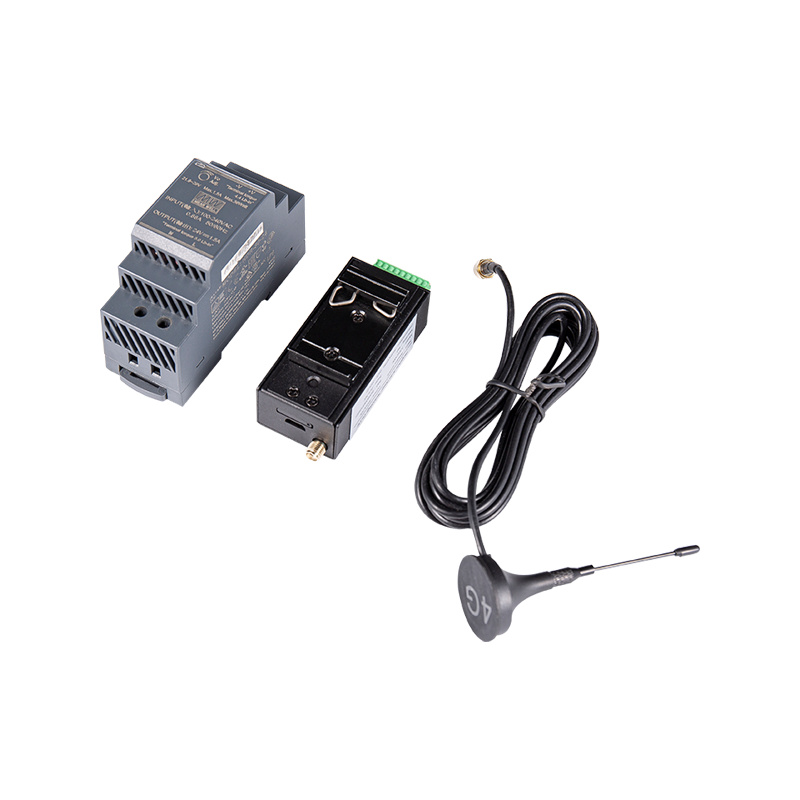Technical Path and Prospects for Improving the Performance of Microcomputer Protection Devices
In modern power systems, microcomputer protection devices, as key safety protection equipment, provide more solid guarantees for the safe and stable operation of power systems with their unique hardware composition and advanced software algorithms.
Hardware architecture optimization consolidates the protection foundation
The hardware system of the microcomputer protection device is the material basis for its reliable protection function. As the hardware core, the performance improvement of the CPU directly affects the data processing speed and fault judgment efficiency of the device. With the rapid development of semiconductor technology, the computing power of the new generation of CPUs has been greatly enhanced, and it can complete complex power parameter calculations and logical judgments in a shorter time. As the front end for obtaining real-time information of the power system, the accuracy and reliability of the data acquisition system are crucial to the accuracy of the protection function. High-precision sensors are constantly innovating, using new sensing materials and processes to further reduce measurement errors while ensuring wide-range measurement. The analog-to-digital conversion circuit is also developing towards higher resolution and faster conversion rate, ensuring that the analog signals of the power system can be accurately and quickly converted into digital signals, providing accurate data support for the CPU. The communication module in the hardware system is also continuously upgraded. The application of high-speed communication protocols makes the data interaction between the protection device and other equipment in the power system more efficient and stable, laying the foundation for the realization of distributed collaborative protection.
Software algorithm innovation improves protection efficiency
Software algorithm is the "soul" of microcomputer protection devices. Its innovation and development inject stronger intelligent analysis capabilities into the device. As a classic signal analysis algorithm, the Fourier algorithm has been widely used in microcomputer protection devices. With the continuous deepening of algorithm theory, the Fourier algorithm continues to optimize in terms of computational efficiency and accuracy, and can more accurately extract the characteristic quantity of power signals and quickly identify the spectrum changes of fault signals. The introduction of emerging algorithms such as wavelet transform algorithm further enriches the fault analysis methods of microcomputer protection devices. With its multi-resolution analysis characteristics, the wavelet transform algorithm has a strong ability to capture transient fault signals, and can accurately judge the fault type and location at the moment of fault occurrence, which is especially suitable for processing complex and changeable transient processes in power systems. Artificial intelligence algorithms are also beginning to emerge in the field of microcomputer protection. Machine learning algorithms can establish more accurate fault diagnosis models and realize intelligent identification and prediction of faults by learning and training a large amount of historical fault data. The integrated application of these advanced algorithms makes the fault detection and judgment of microcomputer protection devices more intelligent and efficient.
Future-oriented performance upgrade trend
The performance improvement of microcomputer protection devices will revolve around the collaborative innovation of hardware and software. In terms of hardware, low-power and highly integrated chips will further optimize the energy consumption and volume of the device, making it easier to deploy and maintain; hardware fault-tolerant design and redundant architecture will continue to be improved to improve the reliability and stability of the device in harsh environments. At the software level, the algorithm will develop in the direction of self-adaptation and self-learning, and automatically adjust the protection strategy according to the changes in the operating status of the power system; the deep integration with cloud computing and big data technology will realize the cloud-based collaborative analysis and remote intelligent operation and maintenance of protection devices, timely discover potential fault hazards, and improve the overall safety of the power system.





